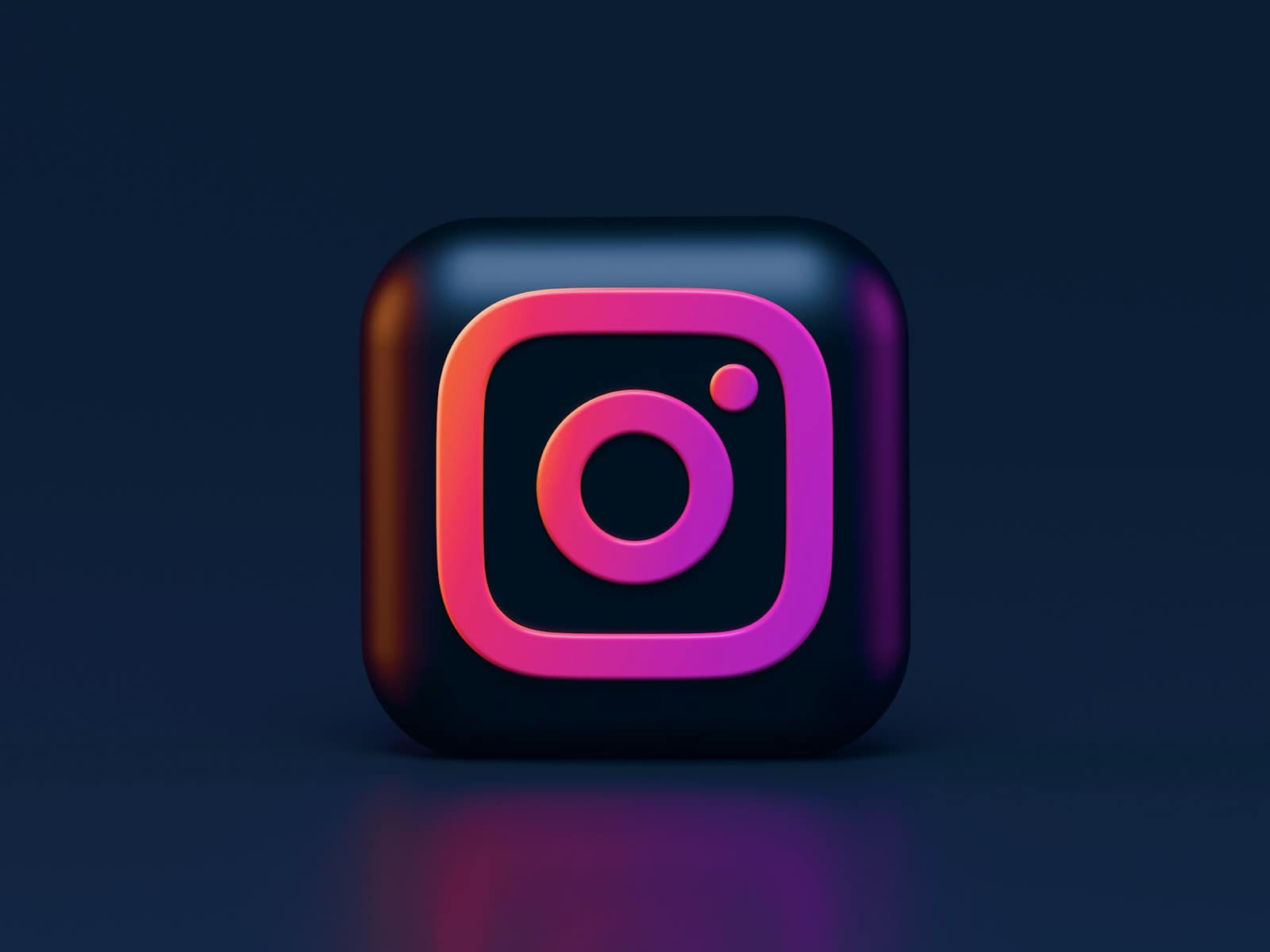Instagram’s in-app camera is not as good as your phone’s native camera app. But don’t worry! There are tips and tricks you can use to get better results when shooting content for Instagram. Smartphone cameras are crucial for creating content on social media like Instagram. Both iPhone and Android users aim to enhance their photos. iPhone users claim their photos are better because the app works well with their camera. But Android users need to put in more effort to achieve good results.
It’s not just about the camera itself; the software also plays a crucial role in creating good photos. Understanding how the camera settings work with Instagram is essential for improving your photos. You can adjust settings such as resolution, aspect ratio, and even more advanced options to achieve the desired look. Instagram also offers its own tools and filters that can enhance or detract from your photos. Knowing how to utilize these tools can significantly affect your photo outcomes. Good photos on Instagram result from having a good camera and knowing how to use it effectively.

Upgrade Your Instagram Photos and Videos
Before You Snap
- Clean your lens: It sounds simple, but a smudged camera lens will ruin your photos and videos every time.
- Lighting is key: Natural light is best, but if you’re working indoors, play around with different light sources for the best look.
- Gridlines help: Turn on your phone’s camera grid (and Instagram’s as well) to keep your photos evenly composed.
Adjust Those Settings
- HDR on: This feature helps capture more detail in scenes with high contrast (lots of blacks and whites).
- Play with resolution: Sometimes you don’t need the highest resolution Instagram offers. Experiment for the best quality without excessively large file sizes.
- Manual focus and exposure: If your shots seem off, try manually setting the focus point and exposure for more control.
Beyond the Instagram App
- Shoot with your main camera: Your phone’s native camera app likely has more features and settings than Instagram’s built-in one. Edit and upload to Instagram later.
- Third-party editing apps: Apps like VSCO and Snapseed offer a wide range of editing tools beyond Instagram’s filters.
Table of Helpful Apps
| App Name | Platforms | Description |
|---|---|---|
| VSCO | iOS, Android | Popular for its wide variety of filters and editing tools. |
| Snapseed | iOS, Android | Powerful photo editing app with advanced features. |
| Lightroom Mobile | iOS, Android | Adobe’s mobile image editing app with pro-level tools. |
Remember, practice makes perfect! Experiment with different techniques to see what works best for the kind of content you create on Instagram.
Key Takeaways
- Camera settings are crucial for improving photo quality on Instagram.
- Both hardware and software impact the quality of Instagram content.
- Skillful use of tools and filters can enhance Instagram photos.
Optimizing Camera Settings for Improved Quality
Capturing high-quality Instagram photos requires tweaking camera settings on your iPhone or Android device. It’s about finding the right balance between various settings to bring out the best in your shots.
Adjusting Exposure and Focus for Clearer Instagram Photos
Exposure controls the light that reaches your camera’s sensor. Too much light causes overexposure, while too little results in dark, unclear images. Here’s how to fix that:
- iPhone: Tap the screen and a yellow box appears around your subject. Drag the sun icon up to brighten or down to darken the shot.
- Android: Look for an exposure value (EV) setting, often symbolized by +/-, and adjust it until you get a clear picture.
Focus ensures that your subject is sharp. Tap the area you want to sharpen on your camera screen. A square or circle will appear to confirm the focus point.
Leveraging HDR and Resolution Settings
High Dynamic Range (HDR) blends the best parts of three different exposures into a single photo. This setting is beneficial for scenes with high contrast.
- Activate HDR:
- On iPhone: Go to Settings > Camera and switch on ‘Auto HDR’ or use the HDR toggle in the camera app.
- Android: Look for an HDR icon in the camera app, which might say ‘HDR On,’ ‘HDR Auto,’ or simply ‘HDR.’
Resolution refers to the sharpness and clarity of an image. High resolution means more detail.
- Increase Resolution:
- iPhone: Set the camera to take photos at its highest resolution in Settings > Camera > Formats and select ‘High Efficiency’.
- Android: Go to your Camera settings and choose the highest megapixel (MP) option available.
Enhancing Instagram Content with Editing and Filters
Today’s Instagram users have access to an array of tools for transforming their photos into eye-catching posts. Editing and the use of filters can significantly improve the quality and appeal of Instagram content.
Mastering the Use of Filters and Editing Tools
Instagram offers a variety of filters that can change the mood of a photo with a single tap. A filter can make an image feel warm or cool, dramatic or subtle. Users should experiment with different filters to see which one best suits the picture and the message they want to convey. For a more personalized touch, tweaking the intensity of a filter is key. Many users don’t know that by tapping a filter icon a second time, they can adjust its strength.
Editing tools in Instagram or external apps like VSCO provide more control. They allow users to adjust brightness, contrast, and saturation to enhance photographs. Improving the sharpness can make details pop, but it’s a good idea to not overdo it. Users should look to improve lighting in their photos as well, especially when they can’t capture natural light. When photos are well lit, they tend to attract more attention on the feed.
Crafting the Perfect Composition and Aspect Ratio for Instagram Feed
To create stunning images, users must consider composition and aspect ratio. The aspect ratio for Instagram feed images is typically 1:1 (square) but can also be 4:5 (portrait) or 1.91:1 (landscape). Choosing the right aspect ratio impacts how the image appears on the feed and how users engage with it.
Composition is about arranging elements in the frame. Users should use grid lines with the rule of thirds in their camera’s interface to align subjects and horizon lines. This tool aids in balancing a shot and getting the placement of elements just right. A photo with proper composition draws viewers’ eyes to the most important part of the image. Users can turn on grid lines in their camera settings.
In summary, users should take advantage of Instagram’s range of filters and sophisticated editing options to enhance their photos, while paying close attention to composition and aspect ratio to ensure their images are well-framed and visually pleasing on their Instagram feed.
Frequently Asked Questions
The following questions are common among Instagram users seeking to achieve better photo and video results on their mobile devices.
How can I improve Instagram photo quality on an Android device?
Users should ensure that their camera settings are optimized before using Instagram. This includes setting the resolution to the highest level, manually adjusting focus and exposure, and utilizing grid lines for composition. For better results in high-contrast scenes, make sure HDR mode is activated on the device’s camera.
What can be done to enhance video quality for Instagram on an iPhone?
To boost video quality on an iPhone for Instagram, check if the camera settings are on the highest quality. Also, stabilize your shots using a tripod or by holding the phone steady. Edit your videos using third-party apps before uploading for improved sharpness and clarity.
Are there differences in Instagram app camera functionality between iPhone and Android?
Yes, there are differences in the Instagram camera app between iPhone and Android devices. iPhones typically take photos directly using the camera software, which may result in better quality images. Some Android versions of the app capture what is on the screen rather than using the camera directly, which can lead to lower quality images.
What settings should be adjusted to fix camera issues on the iPhone 14 for Instagram?
On the iPhone 14, make sure to update to the latest iOS version to fix any camera issues with Instagram. Adjust the camera settings by choosing the highest quality output, enable grid lines for better framing, and consider using the camera’s native app to take photos before uploading them to Instagram.
Why do images uploaded from Android not look as good on Instagram compared to iPhone?
Images uploaded from some Android devices may not look as good on Instagram because the Instagram app does not always use the full capability of the Android camera. Sometimes, the Android app compresses the image more or uses a screenshot method for capturing photos, which will reduce the image quality.
What tips can optimize the Instagram camera performance on mobile devices?
To refine Instagram camera performance, use the native camera app to capture photos and videos. Edit them with quality editing tools before posting on Instagram. Keep your device’s software updated and clear the cache of the Instagram app periodically to ensure it runs smoothly.







